This is not my typical lens hands-on review for the Sigma 60-600mm Sports lens. I’ve already done that as you can see here, and everything I’ve said there is the exact reason why I’ve chosen this as my go-to lens for this more personal, less technical talk, about local birding hotspot destination photography.

Every year, my family spends a week in Cape May. Known as the oldest seaside resort in the US, this southernmost town in the southernmost county of New Jersey is an incredible photo destination. From the Victorian Painted Ladies to the dolphins in the surf, from the Lighthouse across the straight-from-a-postcard cove and the meadows, the Cape Island—and, in fact, the entire county—is a hotspot for photography, and particularly birding photography.
Every year I bring some camera gear—a long tele for birding, a standard zoom for family and walkaround photography, and a pocketable waterproof point and shoot for the beach. And almost every year the greatest number of shots I shoot are with the compact waterproof camera. I love big-lens photography, and shorebird photography especially; but family vacation time is beyond even that. I’m there to ride bikes early in the morning on the beachfront promenade with my daughter, to walk along the edge of the surf at twilight with my wife, to play boardgames and sit on the patio and while away an hour or three. And the birding hotspots I’ve been itching to check out—there’s always tomorrow or another day.

So early one Friday morning in August—a few weeks after our family vacation—I hopped in my car solo and barreled one hundred forty miles or so down the Interstates and the Garden State Parkway to visit two specific Cape May County roadside birding hotspots I’d never been able to explore before: The middle of the Ocean City Bridge and the Wetlands Institute along the Stone Harbor Causeway.
Traveling light, I packed only sunscreen, bug spray, a couple ice cold water bottles, a pair of granola bars, and the 60-600mm Sports lens and camera into my pack; with the intention of finding out what these two spots I’d read about for so many years were all about. The 10x zoom range and amazing supertele reach of the lens should have me covered for just about anything.
The Unlikeliest Birding Hotspot: The Ocean City Regional Chamber of Commerce
Late last summer, I drove over the Ocean City Bridge for the first time in my life. We were staying in Cape May City for a long end-of-summer weekend, and came to check out the Totally Tubular Aqua Park, a floating obstacle course my daughter had heard about and wanted to visit.

Rolling along at 50 miles per hour over the bridge, I noticed a couple of big wading bird on wing, and made a mental note to try to plan a photo stop at the Chamber of Commerce which is perched atop a swampy little saltmarsh island in the middle of Great Egg Harbor Bay on some future date. I thought it might be a cool spot for birding. Turns out it is, and it turns out, I’m actually very late to discover this!

It just so happens that this is the exact place fellow Sigma fan and Jersey Birder Steven Michaels has been telling me about for the past two years! The island is a key rookery for many species of wading birds, and their preferred nesting location is a stand of trees just yards from the upper and lower footpaths along the roadway! We’re talking bitterns, black crowned night herons, snowy egrets, glossy ibises and more, all with clean sight lines, just a short distance from where you’ve parked.
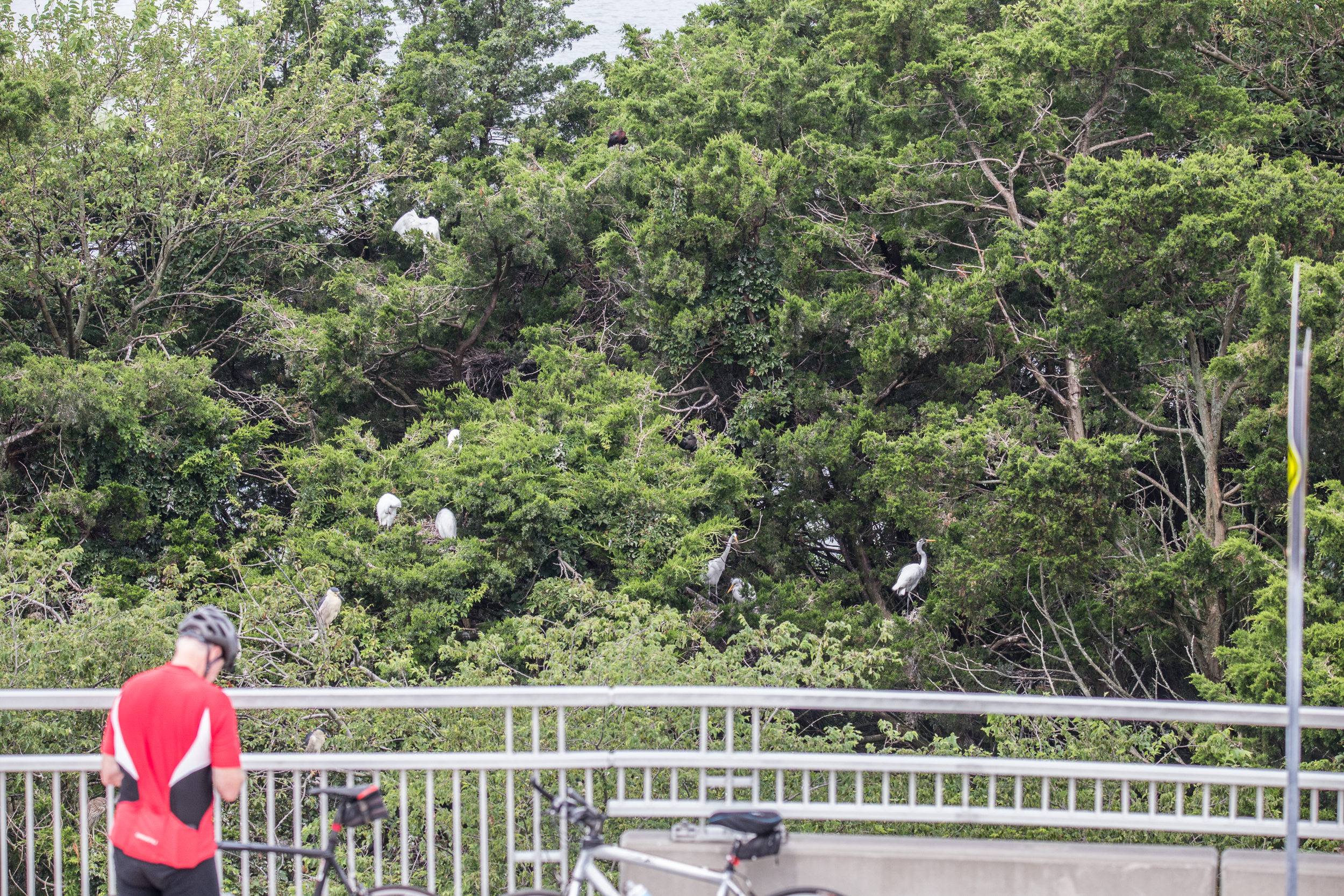
Call it drive-by birding, if you want; but I was startled by the sheer number of birds this close to the edge of the highway in New Jersey. Most Jersey birds are generally much more skittish than this in my experiences; but here, you’ve a view into a giant window of nesting birds in a gigantic commingled flock.
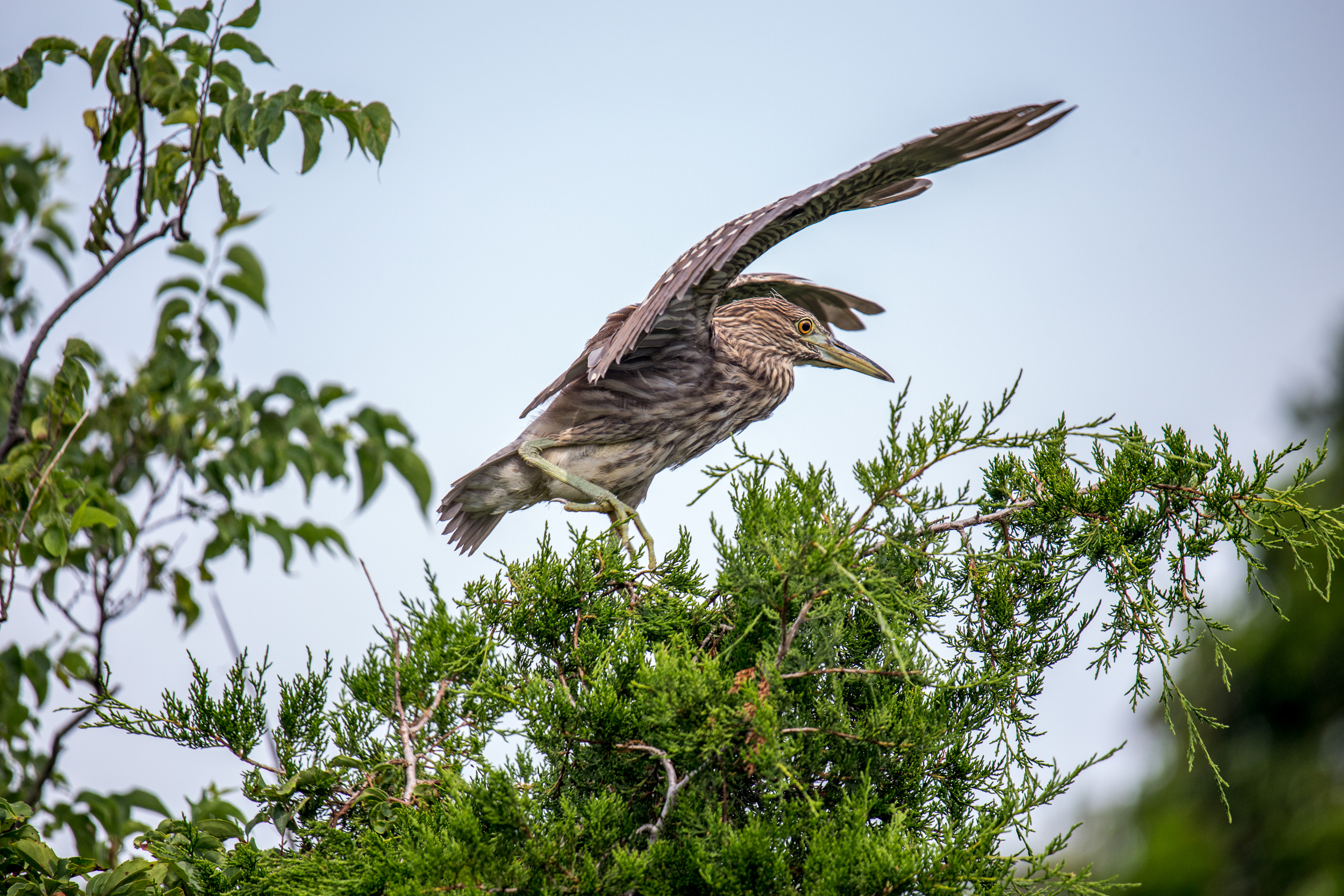
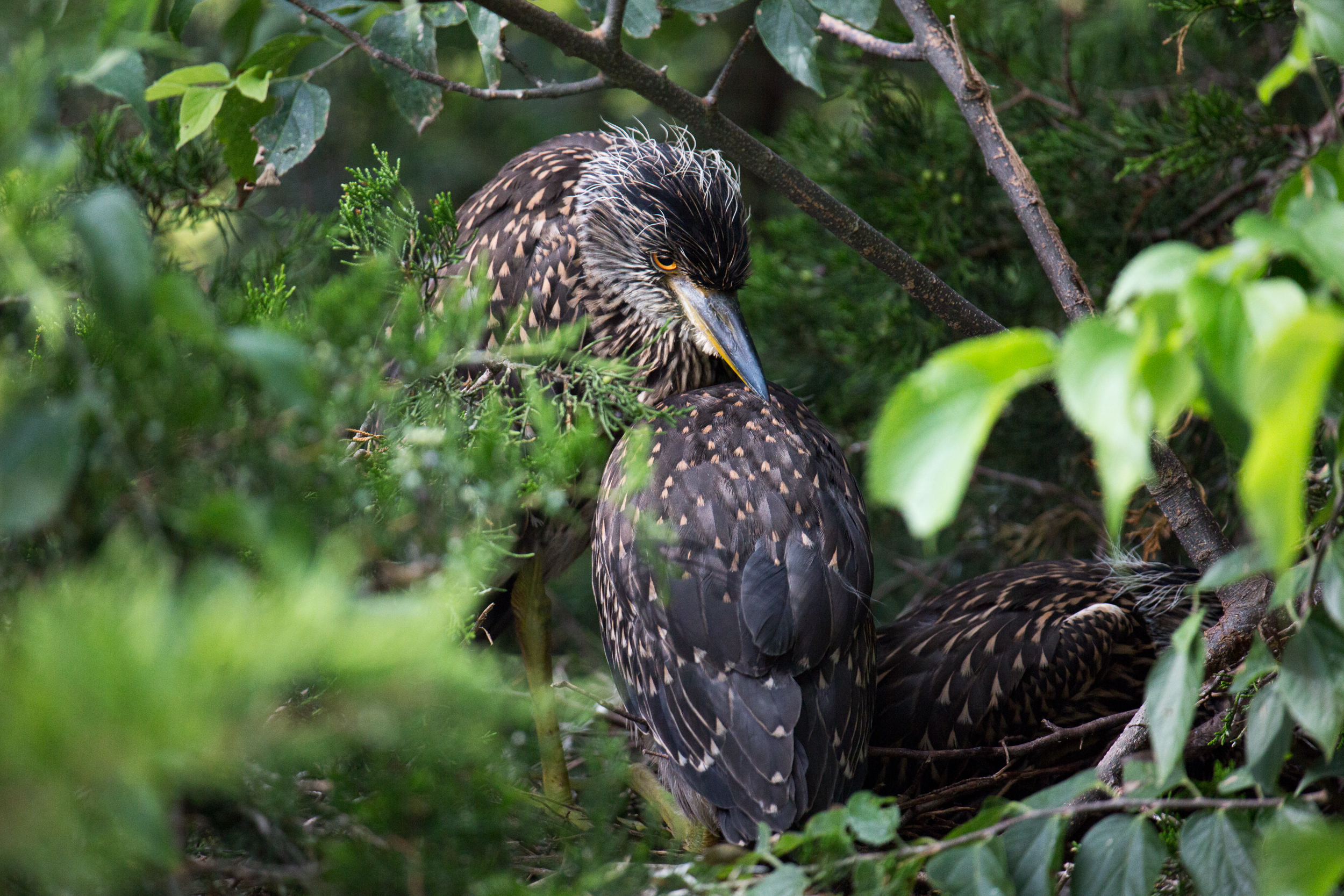

While a certain breed of photographer may scoff at this locale and the experience it perhaps too easily offers, I politely disagree. I see this spot as a perfect gateway location to spark the love of nature photography in the beginning photographer, and especially the budding child and teenaged photographer.

Additionally, this is a fantastically accessible opportunity and any photographers or general nature and bird lovers with limited or restricted mobility are able to witness stunning wild birds within close proximity to parking along smooth ramped paths.

During daylight hours, there is limited shade, and the deer flies were plentiful. Don’t skimp on sunscreen and bug repellent when you visit!
The Wetlands Institute: Bird Photography on the Bay
The Wetlands Institute is a small nature research and education center on the causeway leading to the beachfront town of Stone Harbor. Nestled among the sedge grasses, there are gravel walkways and a raised boardwalk through the wetlands. There is a self-guided tour with audio, guided walks, and self-directed wandering options available.
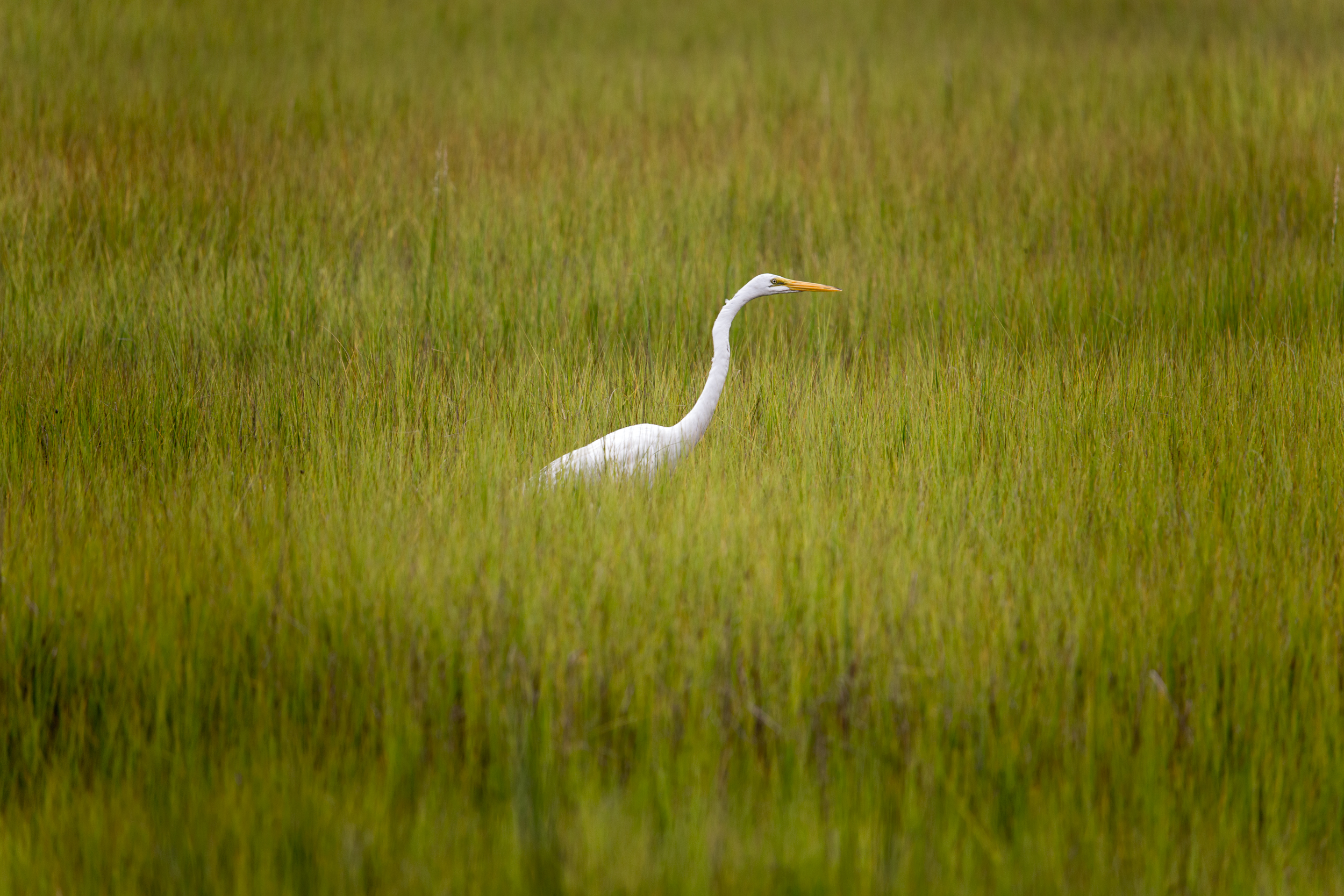
I chose the self-wander option on my first visit to this bayside nature preserve. In an hour-long walk, I saw laughing gulls, least terns, common terns, great blue herons, snowy egrets, plovers and I even managed to make a couple of frames of some of them while I was there. They’ve also got a pontoon boat that glides quietly through the back bays and marshes to get even closer to many of the birds that visit the wetlands. As with the Ocean City Bridge, it is a short, easy walk from the parking area to the beginning of the observation points.

The trails are flat, packed gravel, and the boardwalk entries are ramped, not stepped, so again, easier access for those photographers with limited mobility. Again, I strongly recommend sunscreen and bugspray if you’re there in the summer. All in all, it looks like a great stop for birding and bird photography, right off the side of the road. The 60-600mm Sports lens served me very well, and it is a spot I’ll revisit closer to morning or evening twilight in the future.
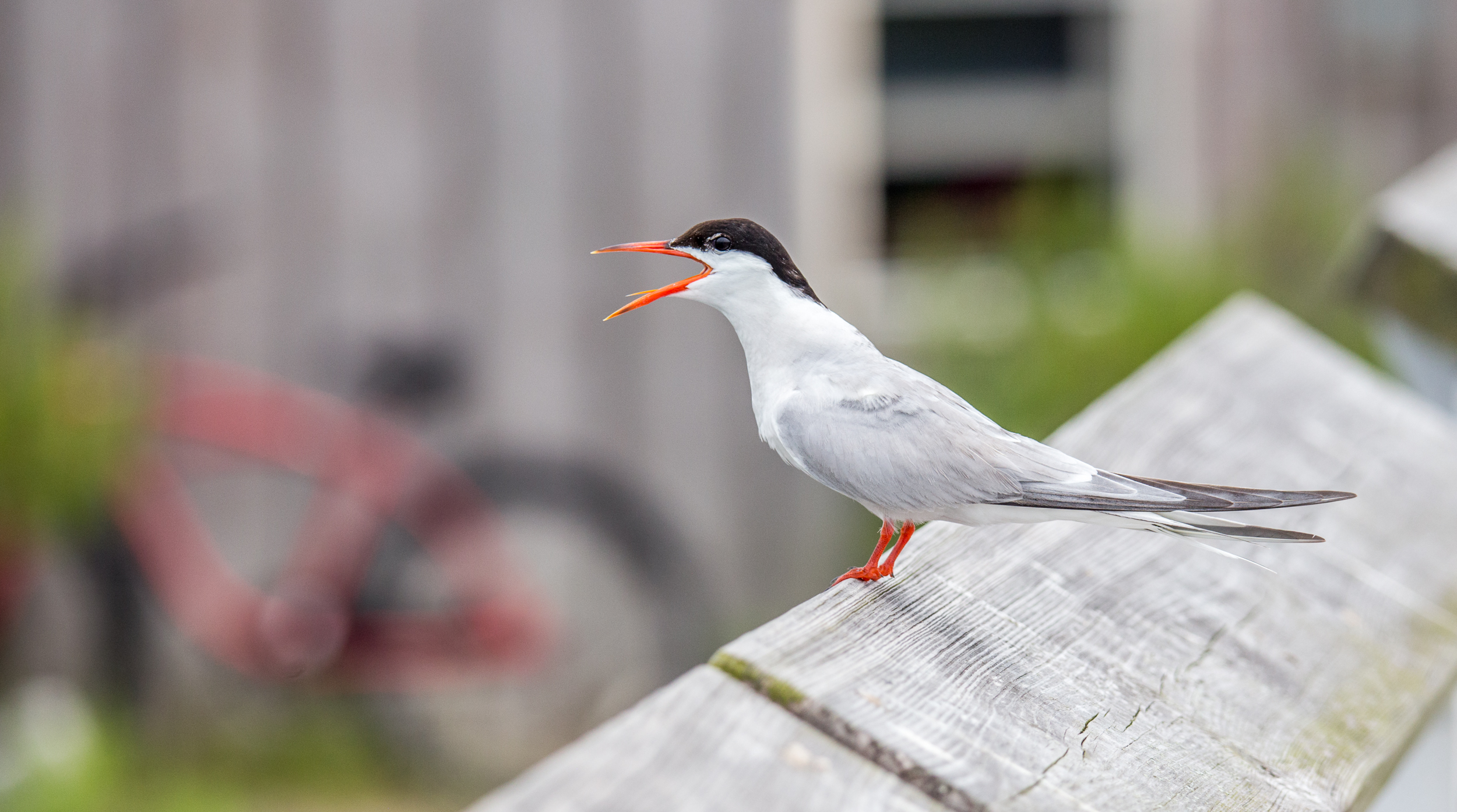
My Go-To Birding Spot: Sandy Hook
Before I had to ship the 60-600mm back in preparation for PhotoPlus, I couldn’t resist the urge to go to my go-to shorebird spot: the Sandy Hook Unit of Gateway National Recreation Area. So, from the Southernmost county along the Jersey Shore, we’re now at the Northernmost spit of shoreline. The spires of the skyline of Manhattan and the steel cables of the suspension bridge spanning the Verranzano Narrows a bluish suggestion on the horizon, I had a cloudy bright morning much to myself and the birds. Less than two weeks after the summer crush, the beaches were bare, just a handful of people interspersed between herring gull and semi-palmated plovers.
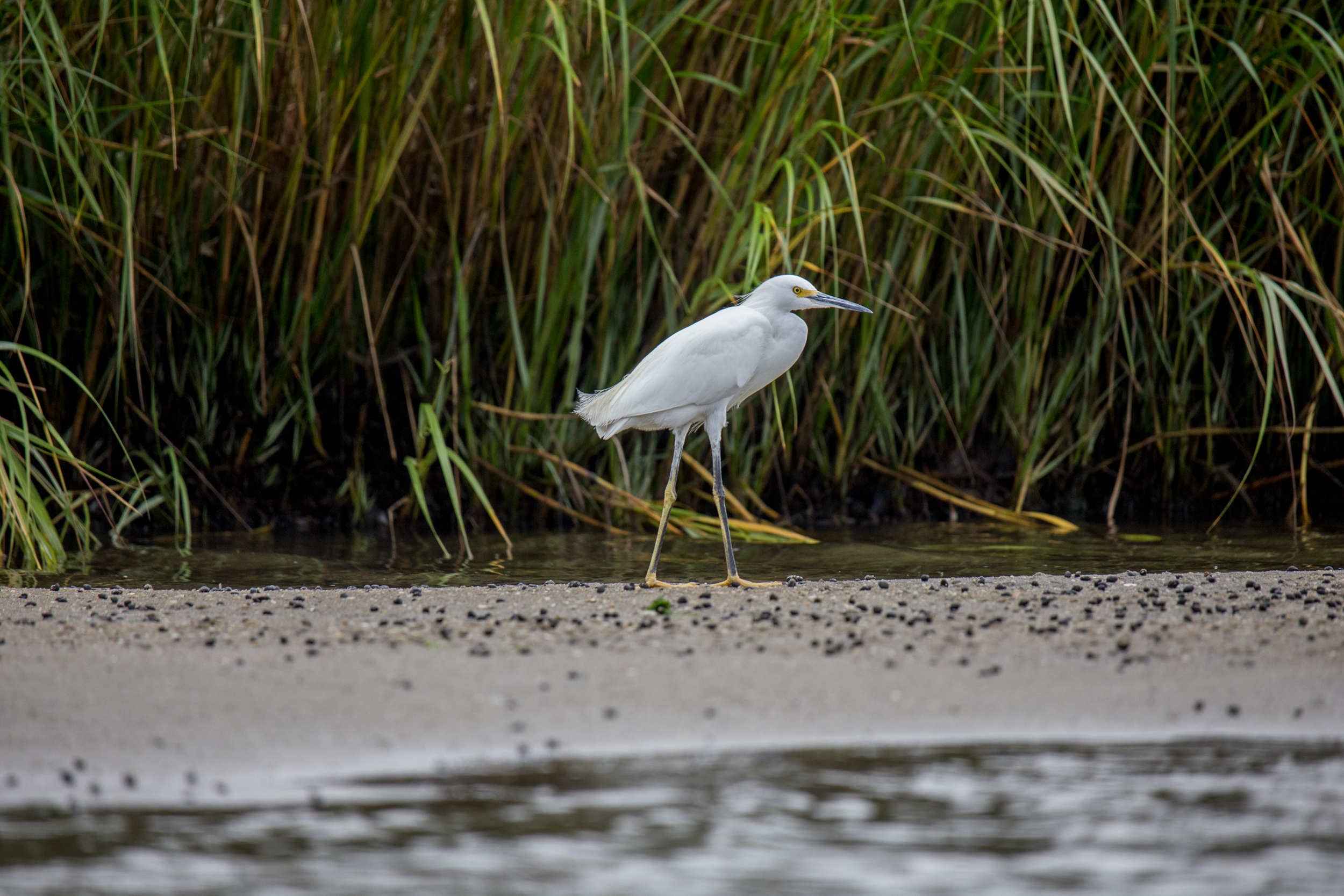
Sandy Hook is over six miles long, and ranges from a tenth of a mile to just under a mile in width, meaning that there’s lots of bayside and ocean shoreline within easy walking distance from parking areas, particularly when the park isn’t at capacity!
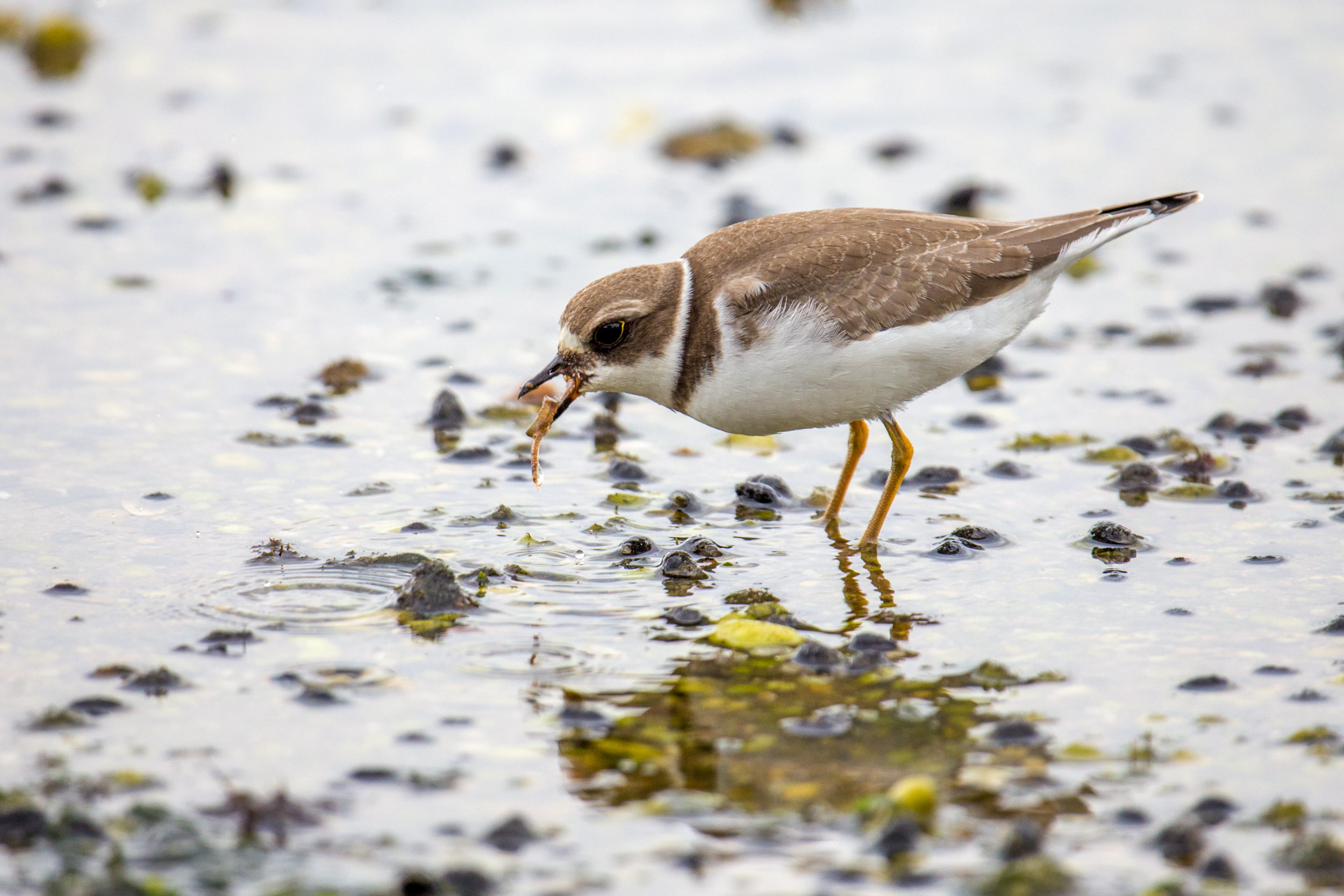
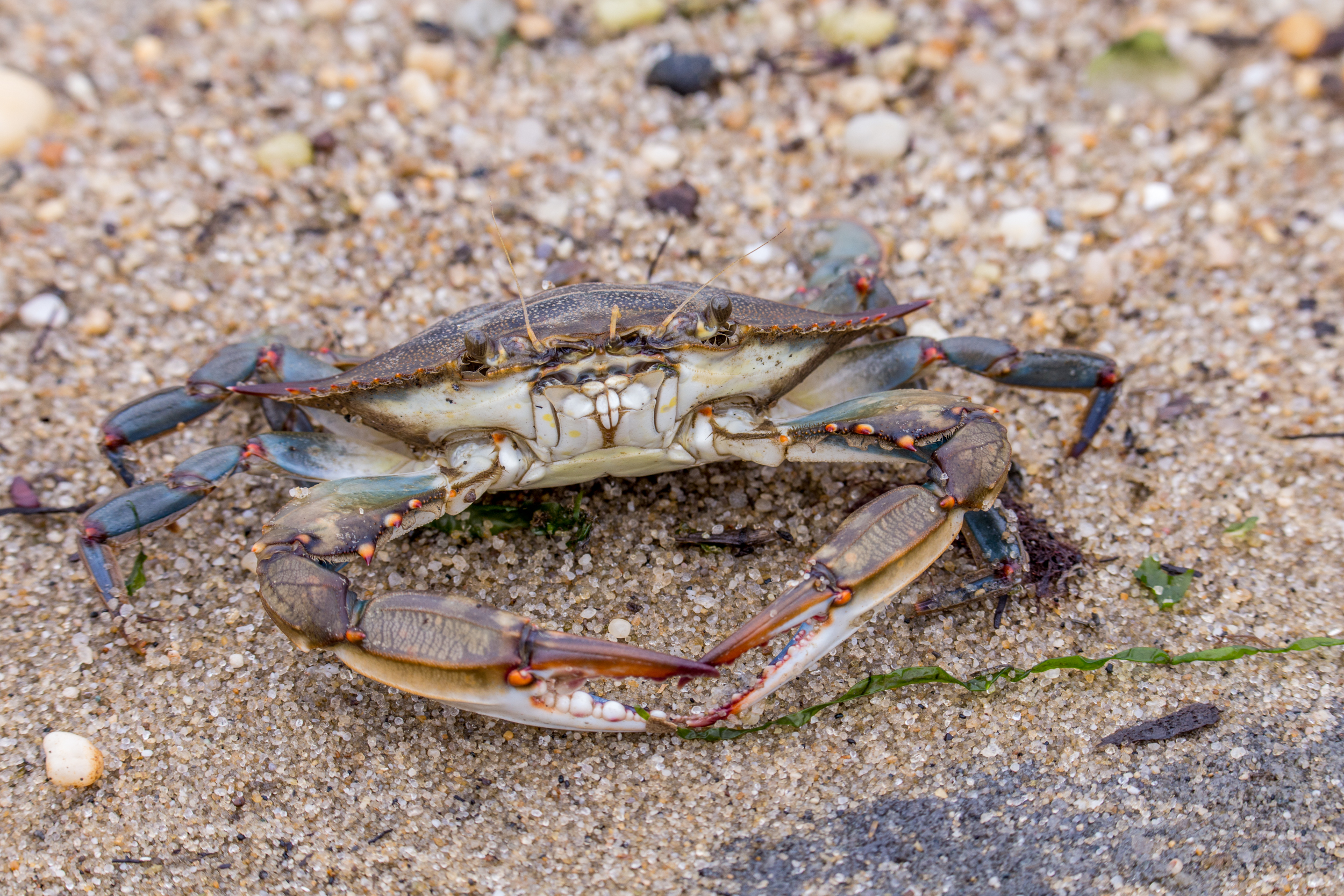
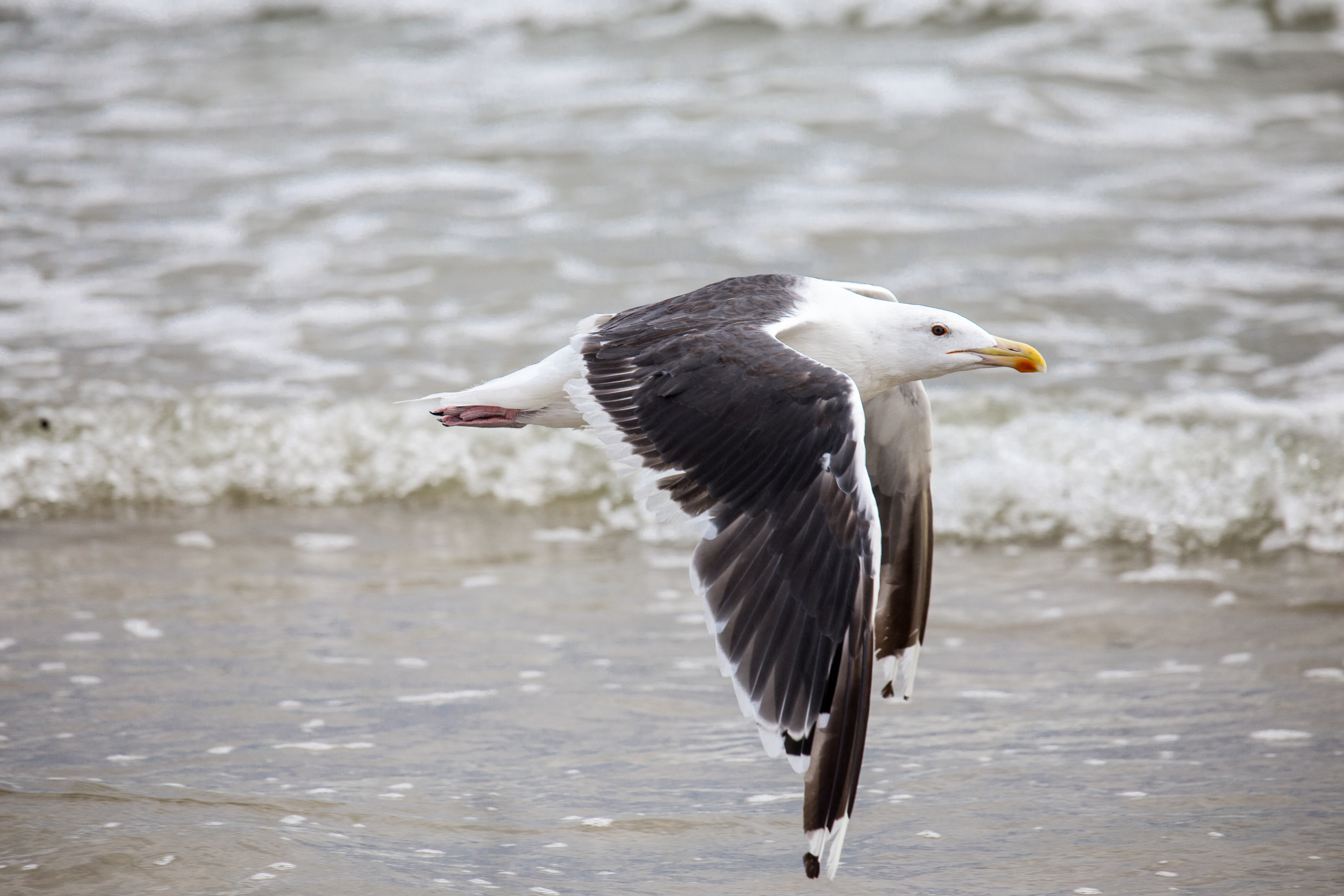
Back at my desk that evening, looking through my photos from the day, one shot in particular jumped out at me: a black-backed gull mid-flight, just above the shoreline. The crispness of the bird in the frame and the softness of the background : it all came together. The tracking autofocus speed, the overall sharpness at 600mm, the ease of push-pull recompositioning: that this was captured with a 10x superzoom lens shows me exactly what this lens is all about. It brings it all within reach, and does so amazingly well. I’m super-impressed with this lens, and it is the sort of lens that inspires me to jump in my car, cue up a favorite playlist, and hit the road for new and favorite birding destinations.


Awesome post Jack!